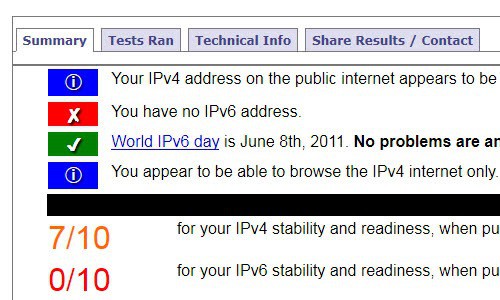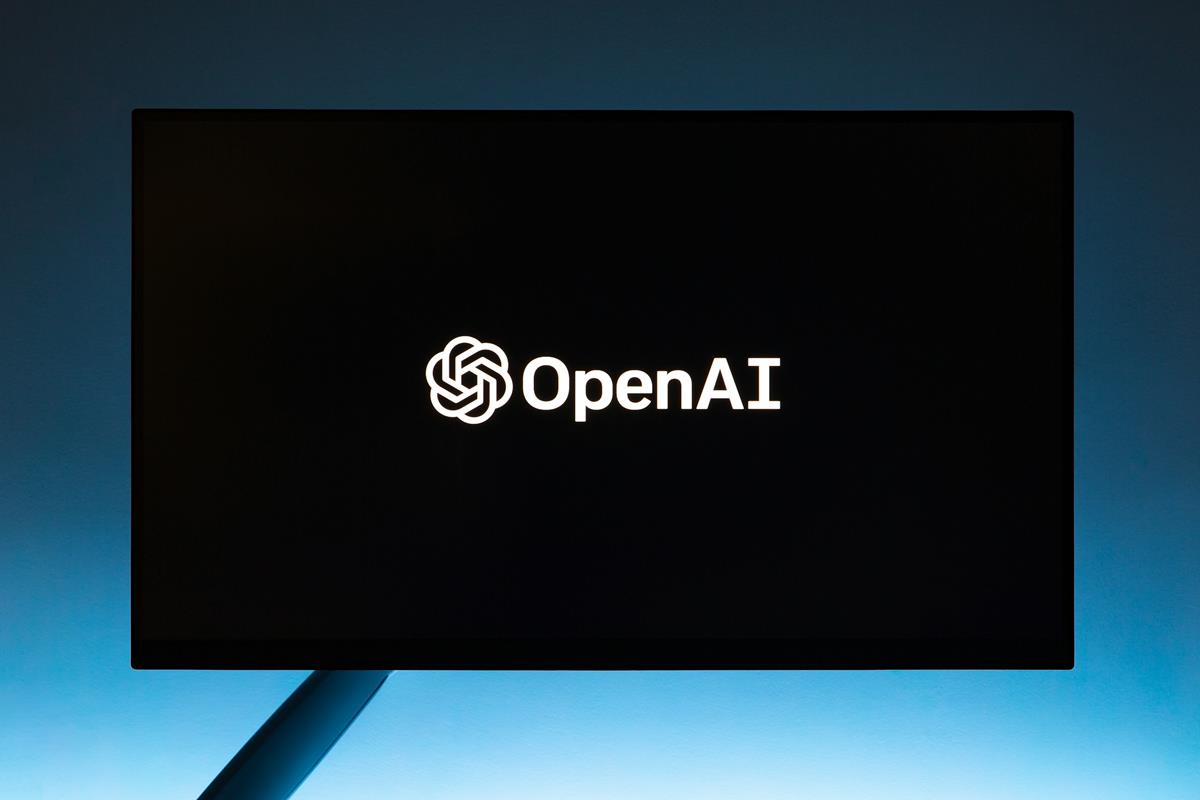Test Your IPv6 Connectivity

You may have seen an increasing number of articles about IPv6 in the past year. IPv6 is an Internet Protocol that has been designed as the successor of the currently used IPv4 protocol. IPv4 has been in use since the 80s and it is quickly coming to its limits. The main problem with it is that IPv4 runs out of available IP address space as its limit is around 4 billion IP addresses which servers, ISPs, Internet users, devices and websites have to share.
IPv6 offers a larger address space. The move from IPv4 to IPv6 is difficulty as it requires a coordinated effort from all parties including Internet users. Users with improperly configured computers may experience slowdowns, timeouts or other connectivity issues when the Internet moves to the IPv6 protocol.
Will you have troubles? You can find out if you run the IPv6 test. The test is an Open Source script that runs using JavaScript. Just visit the website http://test-ipv6.com and wait until the test has finished. The IPv6 test runs a series of tests including the browser's IPv4 and IPv6 capabilities, IPv4 and IPv6 connectivity with and without DNS records and a test that checks if the ISP's DNS server uses IPv6.
A click on test data reveals details about the tests.
Another click on Technical Info leads to a page that offers technical information about each test which may provide clues to troubleshoot the issue.
The most important test at this point in time for the majority of users is the dual stack test. There will be a transition period where websites and services can be reached via IPv4 or IPv6. The user's computer now needs to pick one of the protocols and use it for the connection which means that devices that only support IPv4 at this time can still connect to the websites. Connectivity issues occur if this is broken.
Major services and websites will switch to IPv6 for a 24 hour period on World IPv6 day on June 8. Among them Google, Facebook and Yahoo. That's where the dual stack DNS record support can be tested in a life environment.
Advertisement


















“There will be a transition period where websites and services can be reached via IPv4 or IPv6.”…
This is not accurate. in about 32 days the pool of IPv4′ IPs will be exhausted. New websites/servers/…. will have only IPv6 IPs which will be unreachable, unrecognized by routers/firewalls applications…..